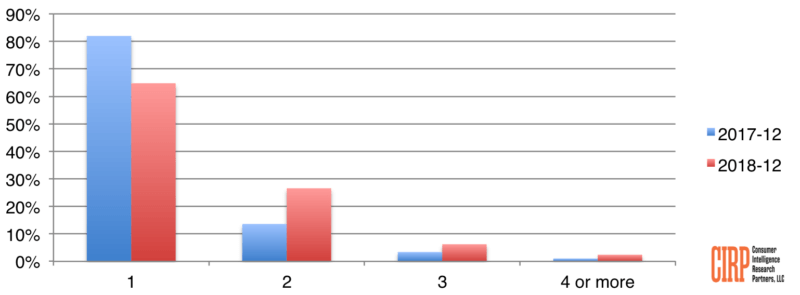Super Bowl ads show Alexa as part of daily life
Brands were using virtual assistants to sell their’ products during the big game, though assistants have yet to materialize as a marketing channel themselves.
Super Bowl ads this past Sunday bounced between the past and the future, with a generous dose of nostalgia (Stella Artois) to offset anxiety about the coming of AI and robots (Michelob Ultra). But there were multiple ads featuring virtual assistants, either with Amazon Alexa or stand-ins meant to evoke Alexa.
Sad device and ‘a lot of fails’. Whether the ads celebrated or satirized virtual assistants, the clear implication was they’re now a part of our daily lives and here to stay. A selection of these spots included Pringles’ Sad Device, Mercedes Say the Word and Amazon’s Not Everything Makes the Cut.
The irony of these ads is that brands were using virtual assistants/smart speakers to market their products (e.g., Pringles). But smart speakers haven’t materialized as viable channel for brands. Regardless, the installed base of smart speaker owners continues to grow.
Growth of Households with Multiple Smart Speakers

Source: CIRP, January 2019 (n=500 smart speaker owners)
Growth of multi-speaker homes. The latest survey data from Consumer Intelligence Research Partners (CIRP) indicates that the holiday quarter saw significant smart speaker sales. Amazon had already confirmed this, and last month the online retailer said that it had sold more than 100 million Echo devices.
Extrapolating from its new survey data, CIRP announced, “the US installed base of smart speaker devices is 66 million units, up from 53 million in the September 2018 quarter and 36 million . . . in December 2017.” There are other more aggressive estimates that suggest the U.S. market may have crossed the 100 million device threshold. The actual number may lie in-between these two estimates.
CIRP also said its data show the number of smart speaker owners with more than one unit in their homes grew significantly in the past year, with 35 percent of owners now reporting more than one device at home. That compares with just 18 percent in December 2017.
Why you should care. It now seems likely that traditional advertising won’t be a feature of the Alexa user experience. Instead, Amazon has given its approval to subscriptions and premium content sales by third parties within skills. E-commerce is also in there somewhere. However skills have thus far not been a very effective marketing or branding tool.
By contrast, Google seems focused on making the Assistant into a booking and commerce platform (e.g., book rides, buy movie tickets). It seems hard to believe, however, that audio ads or sponsorships and video/display ads (on smart displays) won’t appear at some point in the future on Google Home devices.
Marketing Land – Internet Marketing News, Strategies & Tips
(10)



